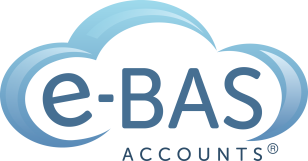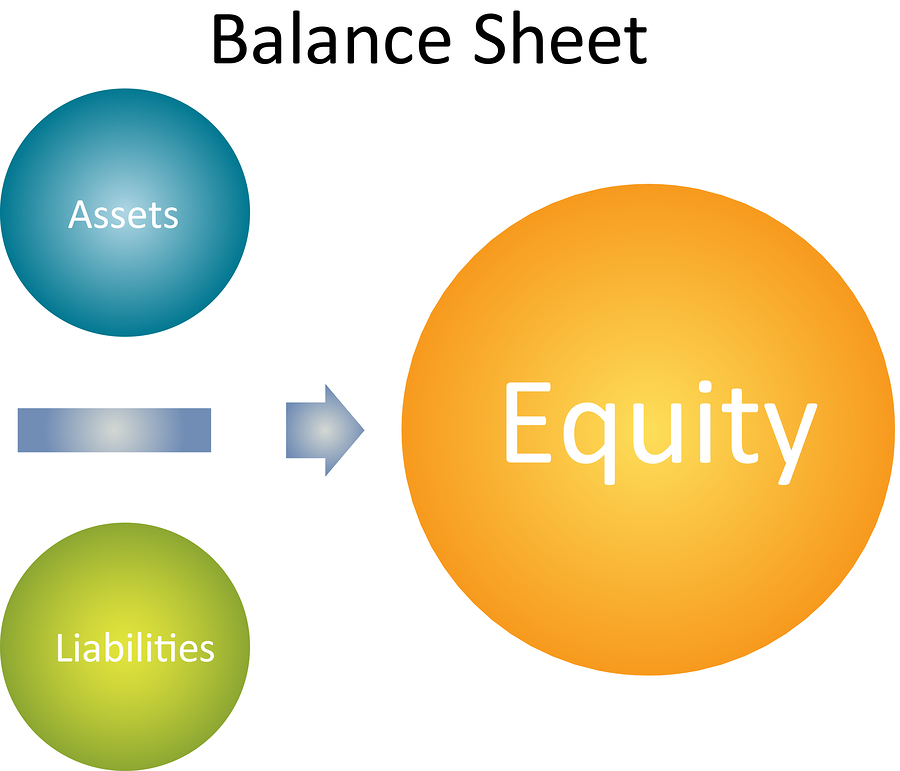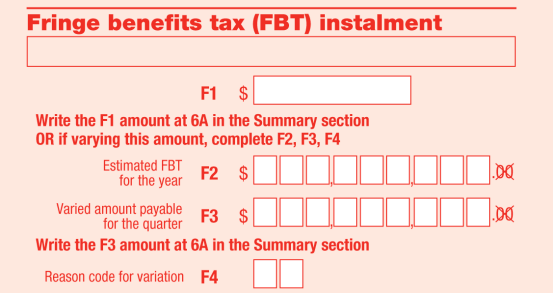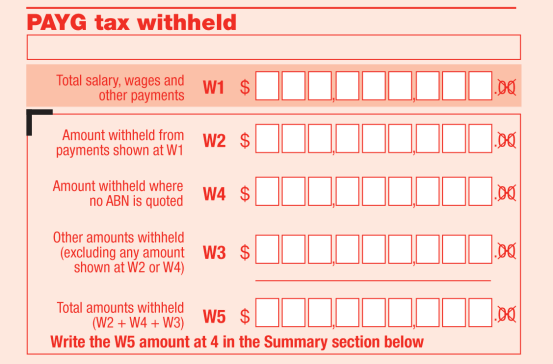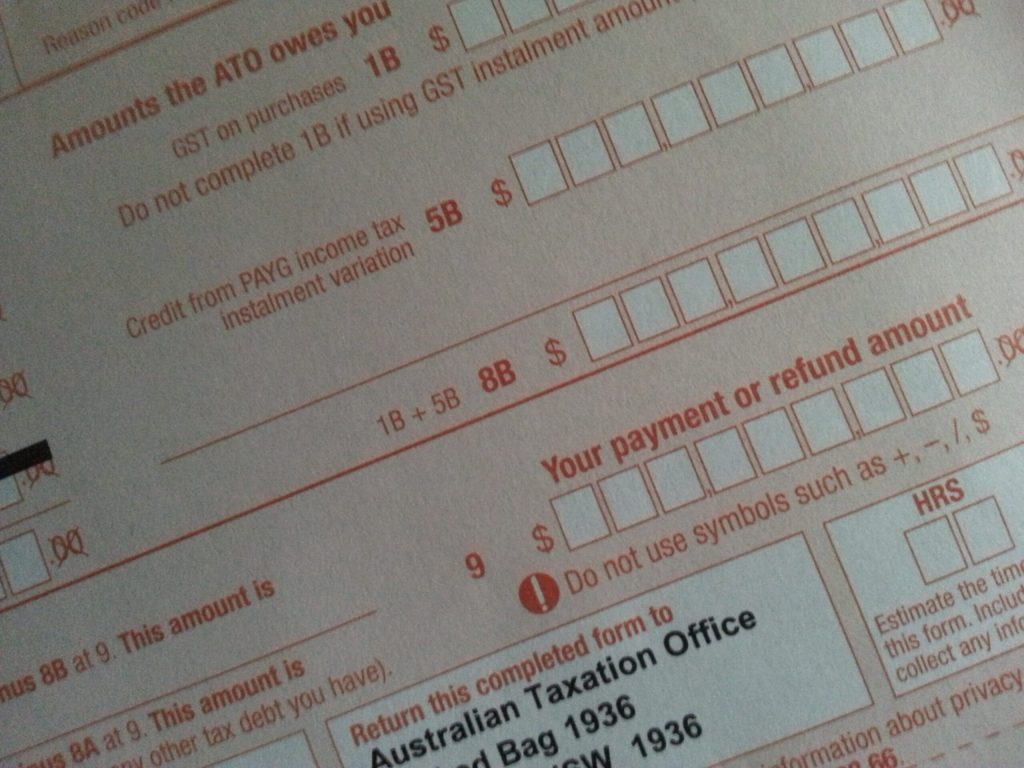Chart of Accounts Explained Part 1
The chart of accounts is simply a list of all of the account types you might use when recording your business income and expenditure activities. The “account types” include assets, liabilities, equity, income, expenses, other income and other expenses. The accounts are separated like this for reporting purposes and are used to build the balance sheet and the profit and loss report. Business owners and accounting professionals use these reports to ascertain the financial health of the business. As a business owner, it is very important that you understand these reports. In order to to do this, you must first be across each of the account types found in the chart of accounts. Today, in this two-part blog, we look at these account types and explain what they mean and their accounting purpose.
…Chart of Accounts Explained Part 1 Read More »
